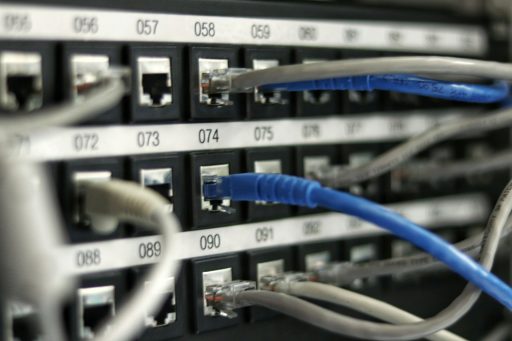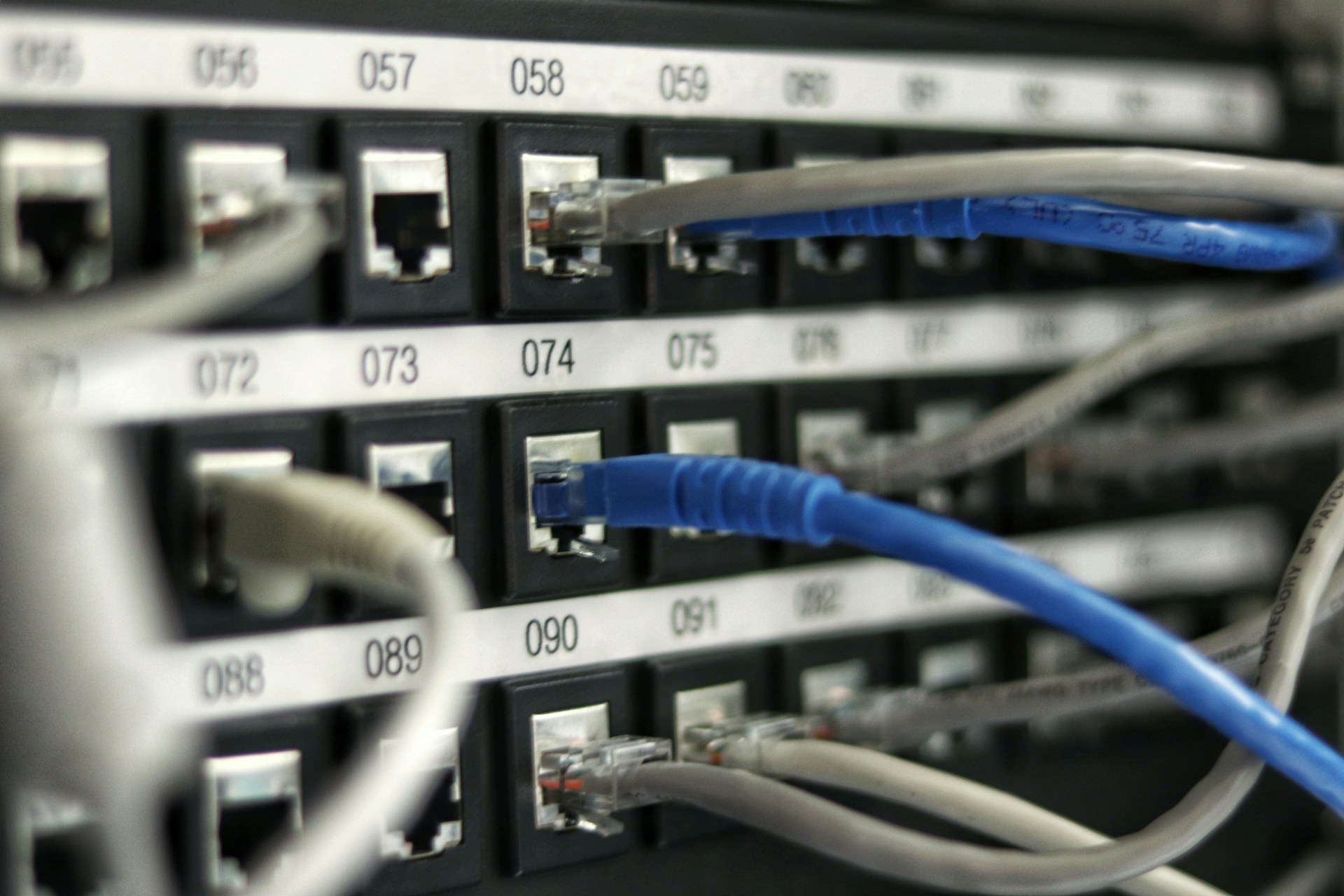Introduction to SSH
SSH, or Secure Shell, is a cryptographic protocol popular for secure communication over networks. Unlike less secure methods, SSH ensures confidentiality and integrity, allowing users to safely execute commands, transfer files, and manage remote systems.
Who Invented SSH?
SSH was developed in 1995 by Tatu Ylönen, a Finnish computer scientist, following a security breach involving password sniffing at the Helsinki University of Technology. His goal was to create a secure alternative to vulnerable protocols like Telnet and FTP, significantly improving network security globally.
Main Purposes and Features
Primarily, SSH is used to securely log into remote systems and run commands. It creates an encrypted channel between client and server, safeguarding sensitive data from interception. Beyond secure command execution, the protocol supports functionalities such as file transfers, tunneling, and port forwarding.
Applications of Secure Shell
- Remote System Management: Securely accessing and managing servers remotely.
- Secure File Transfers: Safely transferring files using SCP (Secure Copy Protocol) or SFTP (Secure File Transfer Protocol).
- Port Forwarding and Tunneling: Protecting insecure network services by tunneling their traffic through an encrypted SSH connection.
- ProxyJump: Simplifying connections through intermediate hosts, useful in complex networks.
Types of SSH Authentication
Secure Shell supports various authentication methods:
- Password Authentication: Users log in with a username and password. It’s simple but can be vulnerable if weak passwords are used.
- Public Key Authentication: Enhances security significantly using cryptographic keys instead of passwords, preventing brute-force attacks.
- A public key is stored on the remote system, while the private key remains securely on the user’s device.
Popular SSH Clients
Several user-friendly SSH clients simplify secure remote management:
- OpenSSH: Default on Unix/Linux systems; widely used due to reliability and ease of use.
- PuTTY: A simple and lightweight Windows client popular for remote access.
- Termius: Cross-platform client with a modern interface and convenient syncing between devices.
- SecureCRT: Advanced commercial software favored for its robust features and professional support.
Best Security Practices
- Use strong, unique passwords or, ideally, opt for public key authentication.
- Disable root logins and limit SSH access to trusted IP addresses and specific users.
- Regularly update your SSH software to address potential security vulnerabilities.
Explore More Tech Insights
Interested in learning more about secure communications, operating systems, and technology best practices? Check out our comprehensive tech guides and articles, covering a wide range of helpful topics to enhance your knowledge and skills!
Conclusion
Secure Shell Protocol is indispensable for securely managing remote systems. Whether you’re a developer, system administrator, or tech enthusiast, understanding and leveraging SSH’s features will significantly enhance your security practices and daily operations.




